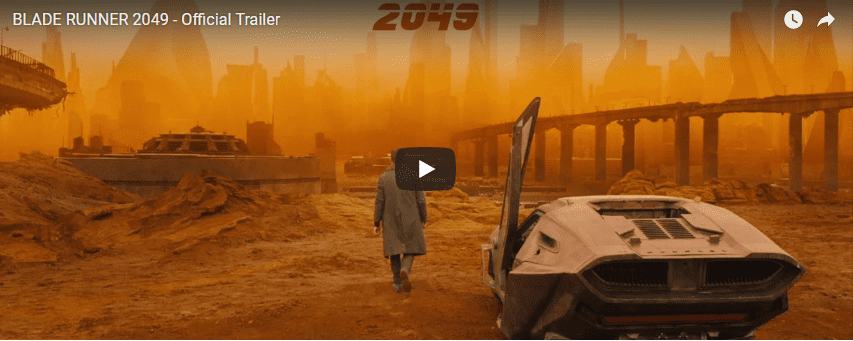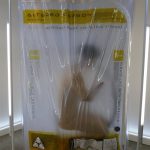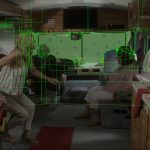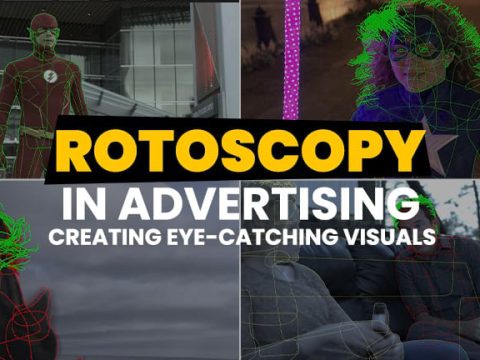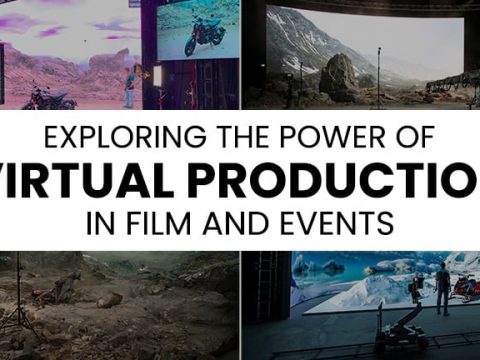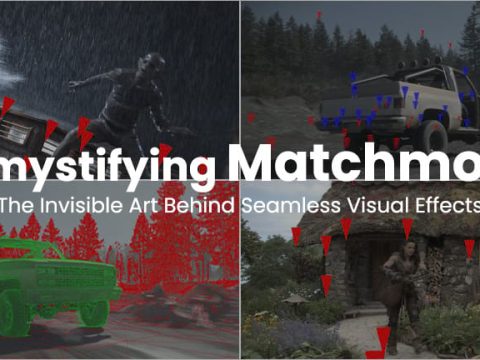
How Netflix’s Altered Carbon Has Pushed the Limits of VFX
July 20, 2018
The Evolution of Rotoscope Animation
August 16, 2018The best visual effects are those that are hard to spot. Recreating realistic effects for a movie is an art and the movie Blade Runner 2049 took this art to a whole new level. Here’s a look at what makes its VFX so special.
The director, Denis Villeneuve, had a lot to live up to. Not only was he making a sequel (and we all know how easy it is for sequels to flop) of a much-revered sci-fi classic but was aiming for some grounding-breaking visual effects as well. The Blade Runner 2049 VFX teams delved into some serious detail to make sure every Blade Runner 2049 special effects used was relevant and masterfully executed.
Here’s how some of those awe-inducing visual effects were brought to life to wow audiences across the globe.
1. The Eccentric Cityscapes
Blade Runner 2049 is set in a dystopian Los Angeles where the climate has gone bonkers. The film needed to show rain, snow and fog through much of its outdoor footage. Taking their cue from cinematographer Roger Deakins, the Double Negative VFX team went through a whole lot of hard work to get those effects just right. To understand what was needed for the film’s cityscapes, they shut down a couple of streets in Budapest and brought in huge fans being driven by V8 engines to blow wind and smoke into the scene. This gave the team a basis for what the world would look like.
The team then spent months adding details into the buildings that you only see when the shots are close, the rest of the time, the details are obscured by the fog. However, you can rest assured that were you to strip away the layers of fog and rain effects, you would be able to see the details of the buildings – just like in real life. The team avoided using auto-populating techniques on the buildings… each one was drawn by hand!
2. The Rain
The VFX team at DNEG studios had to put in a lot of hard work to get the rain just right. The smoke, smog and haze combined with the different light sources meant that the team had to really concentrate on how the rain looked. Elements like the lights from the advertisements or the spinners flying by meant that the team had to ensure that the rain drops were just the right size, moved and fell in the right direction and were lit correctly. The rain shots were so intense that they took the longest to render and we are not surprised.
3. Creating Joi
Villeneuve wanted the audience to feel that the hologram Joi was in some ways actually real. Anything that is too effects-heavy would have taken away that slight feeling of uncertainty where the lines between the real world and the hologram become blurred. A simple 2D transparency effect wouldn’t have cut it for the more realistic look they wanted. So, DNEG came up with an effect that imagines Joi being completely hollow and transparent, with her skin and dress visible on the outside. In order to achieve this, they had a multiple witness camera setup to help with the body tracking. Joi would then be recreated in CG with the exact onset HDRI lighting. This would then be sliced down the middle and the back section “shell” would be composited on to a clean background. The live action Joi would be extracted and composited over the shell and background. To add to the feeling of realness and simultaneous transparency, Joi’s transparency was highlighted when she was in front of a bright background.
4. Joi Syncing with Mariette
This effect, where Joi syncs with another girl, is one that probably warrants an article for itself. As DNEG’s Paul Lambert describes it, “The effect was to have Joi overlap Mariette and come in and out of sync with her by revealing different levels of transparency. We had Mariette do her performance first and then Joi would replicate that performance. We would line up Joi at the start using a mix from the on-set video department and then she would perform. In post we had to fully 3D body track both actresses and sometimes K if they were interacting with him. Once we had the tracks we were then able to project Joi and subtly move her to be closer in sync. We wanted to keep both actresses’ performances as much as possible but there were times where Denis wanted to have a sync moment so we would animate Joi from her original performance to Mariette’s animation. A big part of the integration was shadow work. Joi receives shadows from her environment as well as casting shadows on her environment. To correctly integrate both actresses into the same space shadows casted from one to the other were rendered for both of them which were then artfully composited together.”
The film had around 1200 visual effects in all. The hard work really paid off to create a worthy sequel to the original film, giving the world a whole new level of VFX to look up to.
To know more about what goes into creating great visual effects, check out our blog dedicated to the art of VFX. If you have a project that needs some stunning VFX, look no further. From top-notch rotoscope and vfx paint services to match move and compositing solutions, Toolbox Studio can help you achieve the kind of visual magic that you see in films like Blade Runner!
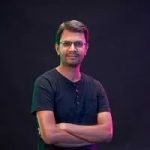
Aashay Gatade
Aashay Gatade is a film editor with over 10 years of professional experience. He has worked on feature films, short films, web series, TVCs etc. These include commercial success as well as critical acclaim. Also he has been teaching film making for more than 3 years.

